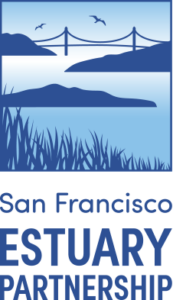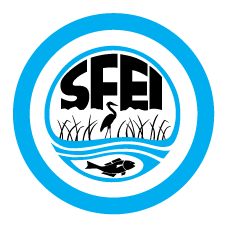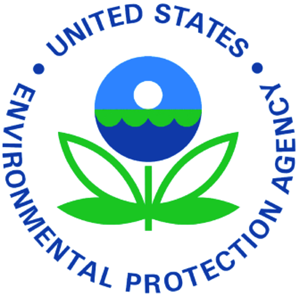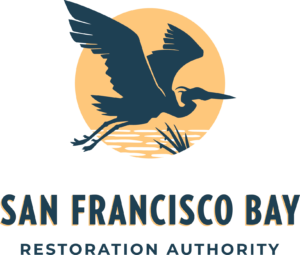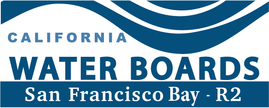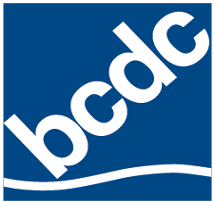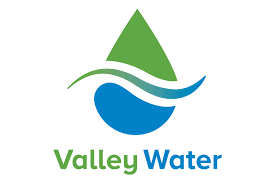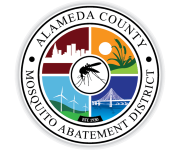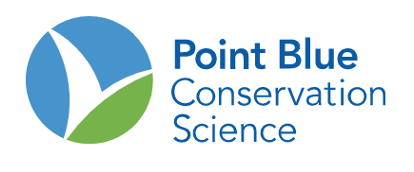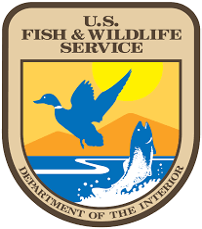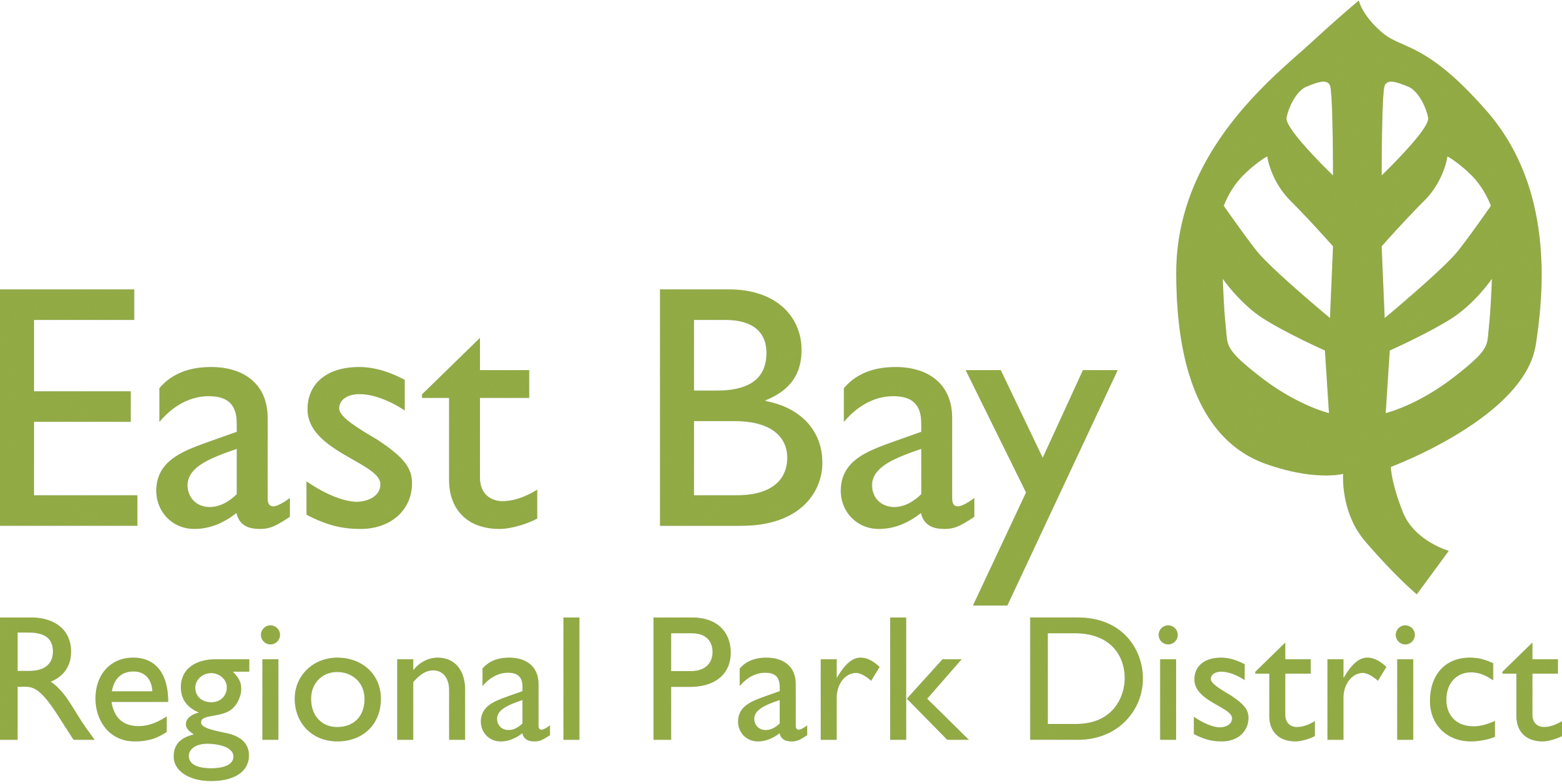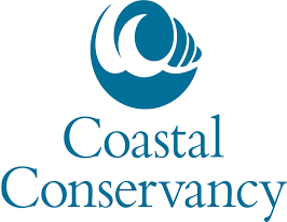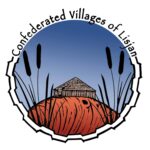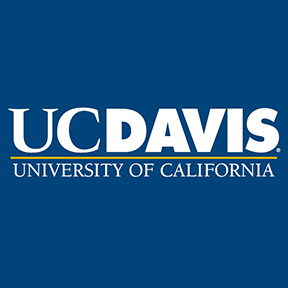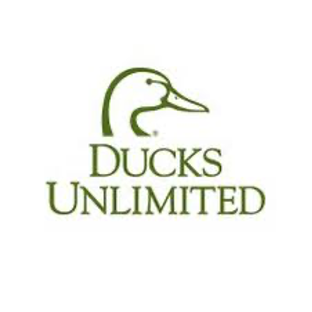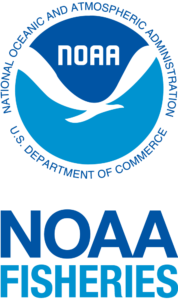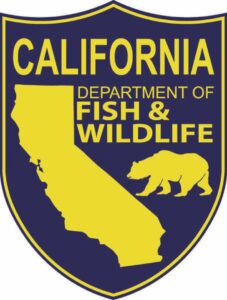Science Framework
Guiding & Management Questions
Monitoring Site Network
Disclaimer: The San Francisco Estuary Wetlands Regional Monitoring Program (WRMP) is in continual development. Documents are date-stamped because they may occasionally be revised. This web page will be updated accordingly to contain the most recent versions of all documents.
Tidal wetlands in the San Francisco Estuary face an uncertain future due to climate change, continued development pressure, and other regional stressors. Accelerating sea level rise and decreased sediment supplies threaten to drown and erode existing tidal wetlands, undo restoration progress that has been made to date, and increase the risk that new restoration projects will fail to meet intended environmental outcomes. The potential long-term, widespread loss of the Estuary’s tidal wetlands not only threatens the health and diversity of its habitats, but places vulnerable shoreline communities at a greater risk of flooding and harm from rising sea levels. The Wetland Regional Monitoring Program (WRMP) can leverage monitoring data to respond and adapt to these challenges and help support a more resilient Estuary.
The science framework is the technical heart of the WRMP around which strategies for governance, funding, and data management are or will be structured.
To ensure the high value and relevance of the WRMP, the Technical Advisory Committee is planning to address the following Guiding Questions, Management Questions and Priority Recommended Actions developed by the Steering Committee:
Guiding Questions, Management Questions and Priority Recommended Actions
GUIDING QUESTION 1: Where are the region’s tidal marsh ecosystems, including tidal marsh restoration projects, and what net changes in ecosystem area and condition are occurring?
MANAGEMENT QUESTION 1A: What is the distribution, abundance, diversity, and condition of tidal marsh ecosystems, and how are they changing over time?
MANAGEMENT QUESTION 1B: Are changes in tidal marsh ecosystems impacting water quality?
PRIORITY RECOMMENDED ACTION: Conduct regional baseline and subsequent routine surveys and inventories of the distribution, abundance, diversity, and condition of tidal wetlands throughout the region, using existing tools and metrics to the extent practicable and developing new tools and metrics where necessary.
GUIDING QUESTION 2: How are external drivers, such as accelerated sea level rise, development pressure, and changes in runoff and sediment supply, impacting tidal marsh ecosystems?
MANAGEMENT QUESTION 2A: How are tidal marshes and tidal flats, including restoration projects, changing in elevation and extent relative to local tidal datums?
MANAGEMENT QUESTION 2B: What are the regional differences in the sources and amounts of sediment available to support accretion in tidal marsh ecosystems?
PRIORITY RECOMMENDED ACTION: Establish Benchmark Sites and other components of the WRMP monitoring site network (dependent on available funding and resources), and analyze WRMP data collected to answer Guiding Question 1 together with non-WRMP data on external drivers to track external drivers as potential causes or correlates of tidal marsh change.
GUIDING QUESTION 3: What new information do we need to better understand regional lessons from tidal wetland restoration projects in the future?
MANAGEMENT QUESTION 3A: What new information do we need to better understand regional lessons from tidal marsh restoration projects, advance tidal marsh science, and ensure the continued success of restoration projects?
MANAGEMENT QUESTION 3B: Where and when can interventions, such as placement of dredged sediment, reconnection of restoration projects to watersheds, and construction of living shorelines, help to sustain or increase the quantity and quality of tidal marsh ecosystems?
PRIORITY RECOMMENDED ACTION: Analyze WRMP data collected to answer Guiding Questions 1, 2, and 4 with new data on the relative roles of estuarine and upland/watershed sources of sediment to counter the threat of sea level rise. Other drivers will be addressed in later WRMP phases.
GUIDING QUESTION 4: How do policies, programs, and projects to protect and restore tidal marshes affect the distribution, abundance, and health of plants and animals?
MANAGEMENT QUESTION 4A: How are habitats for assemblages of resident species of fish and wildlife in tidal marsh ecosystems changing over time?
MANAGEMENT QUESTION 4B: How are the distribution and abundance of key resident species of fish and wildlife of tidal marsh ecosystems changing over time?
PRIORITY RECOMMENDED ACTION: Repeat surveys (detect change) of living organisms and their habitats (indicators), and standardize the metrics and reporting for indicators that are common to projects and baseline/subsequent ambient monitoring across the range of project designs and restoration practices.
GUIDING QUESTION 5: How do policies, programs, and projects to protect and restore tidal wetlands benefit and/or impact public health, safety, and recreation?
MANAGEMENT QUESTION 5A: What mosquito and vector control strategies need to be considered in restoration design and management to understand the effects that restoration can have on mosquito and vector populations?
MANAGEMENT QUESTION 5B: What monitoring data and/or analyses are needed to improve the relationships between tidal marsh restoration, fish and wildlife support, mosquito and vector control, and public access?
MANAGEMENT QUESTION 5C: How are the benefits of wetlands (such as flood risk reduction, water quality, public access, opportunities for community stewardship, knowledge production & transmission, and cultural & spiritual experiences) distributed regionally and among different demographic groups?
MANAGEMENT QUESTION 5D: How does the provision of benefits (such as flood risk reduction, water quality, public access, opportunities for community stewardship, knowledge production & transmission, and cultural & spiritual experiences) progress over time at existing and restored wetland sites?
PRIORITY RECOMMENDED ACTION: The broad range of interactions between people and wetlands should be monitored for the safety of people and health of the marshes. This process should better integrate flood control and mosquito and disease vector control into project planning and assessment and similarly integrate wetland restoration into flood control planning. Continue to grow the WRMP to assess the effects of climate adaptation on relationships between people and nature in the watershed or landscape context.
Monitoring Site Network
The WRMP Science Framework spreads tidal marsh monitoring across three types of sites:
• Benchmark (mature marshes)
• Reference (marshes at mid- to late stages of evolution), and
• Project (restoration projects implemented over roughly the past 20 years).
This structure provides the minimum organization necessary to define non-linear relationships and changes in tidal marsh distribution, abundance, diversity, and condition at different scales of time. Each kind of site can be represented throughout the region, to account for variations in driving factors, such as freshwater and sediment supplies, as well as project design and management.
Priority sets of Benchmark, Reference, and Project Sites have been recommended by the WRMP Technical Advisory Committee and approved by the Steering Committee to form the initial priority monitoring site network. View the Executive Summary and Technical Memo on WRMP Priority Monitoring Site Networks.

